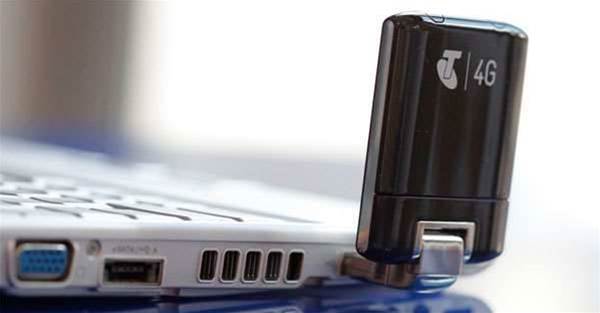Telstra has announced a $50 million injection into its mobile network to avoid a repeat of the three major outages that hit the telco's customers in the first few months of this year.

The telco has spent the last month conducting a "deep dive" into its network to improve its resilience with the help of network partners Cisco, Ericsson and Juniper.
It came after Australia's largest telco was forced to offer two 'free data' days to compensate users for three significant outages since the start of the year.
While none of the three outages were related, two resulted from problems processing the mass re-registration of mobile devices that had been booted from the network.
The third related to a card failure in a media gateway in Victoria, meaning a number of Telstra mobile, IP telephony and NBN voice customers were unable to make or receive voice calls for several hours.
Telstra chief operations officer Kate McKenzie today told investors the telco would invest around $50 million to improve its network to ensure such problems did not reoccur.
Around $25 million will be spent on additional real-time traffic monitoring and real-time customer impact reporting equipment to get better early warning of any concerning traffic patterns.
The other half of the $50 million will go towards improving capacity for re-registrations in the event of a disconnection.
"When a disruption occurs mobile users need to be re-registered or reconnected back onto the network. When large numbers of mobiles are trying to reconnect at the same time there can be a delay in people being able to access the network," McKenzie said.
"[The improved capacity will mean] that in the event of a disconnection, a much larger number of customers will be able to re-register at the same time so any disruption to services will be of a much shorter duration."
To "put the problems into perspective", McKenzie said, Telstra's network manages 170,000 routers and switches, 85,000 mobile cells, 40,000 exchanges and network assets, over 6 million kilometres of optical fibre and 250 million km of copper cable.
"This is an incredibly large and sophisticated network and we can never give a guarantee that disruptions won’t occur from time to time," McKenzie said at Telstra's investor day today.
"We are confident we have identified and fixed the root causes of those disruptions, and we have spent time looking at the resilience of the network and identifying ways to ensure we continue to operate at a world class standard for the future."
As a result of the review, Telstra has increased the number of redundant links on the nodes involved in the February 9 disruption, and has added new software features that limit the number of customers that need to re-register after being kicked off the network.
In the early February outage, a non-functioning node was removed from the network but restarted before customers had been transferred elsewhere. McKenzie previously attributed the event to an "embarrassing" human error.
More capacity has been added to the core network, McKenzie said today, and the telco has implemented another redundant link from Perth to Sydney.
This upgrade stems from the March 17 outage that resulted from an international cable fault which caused parts of Telstra's signalling to disconnect. Many IP addresses were readvertised as a result and the database used to register devices overloaded.
"We have also made other network changes to reduce the impact of international IP traffic on domestic IP traffic that addresses the root cause of the March 17 incident," she said.
Over the three years to June 2017, McKenzie said Telstra will have invested more than $5 billion into its mobile network.
She said Telstra's actions as a result of the review would enable it to win back customer trust.
"I am personally determined to rebuild the trust our customers have in us by meeting, if not exceeding, [their] expectations every day," she said.


.png&h=140&w=231&c=1&s=0)

_(22).jpg&h=140&w=231&c=1&s=0)




_(26).jpg&w=100&c=1&s=0)

 iTnews Executive Retreat - Security Leaders Edition
iTnews Executive Retreat - Security Leaders Edition












_(1).jpg&h=140&w=231&c=1&s=0)



